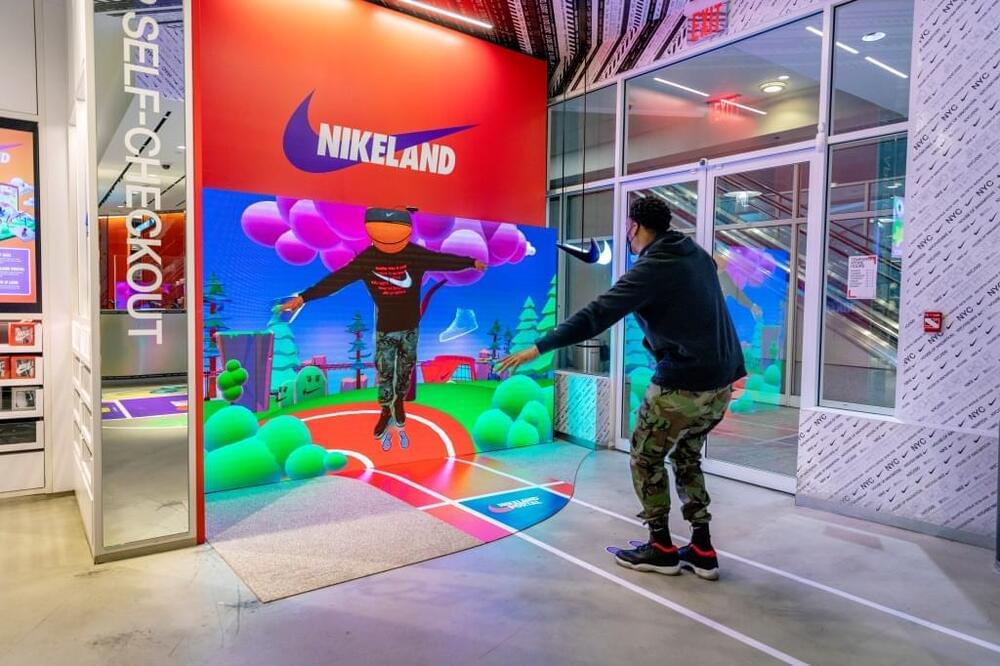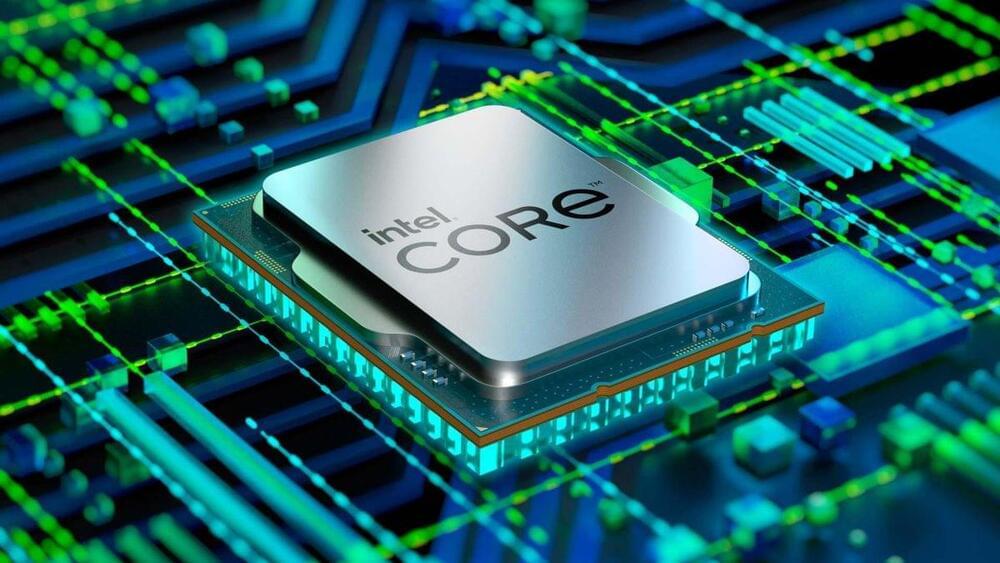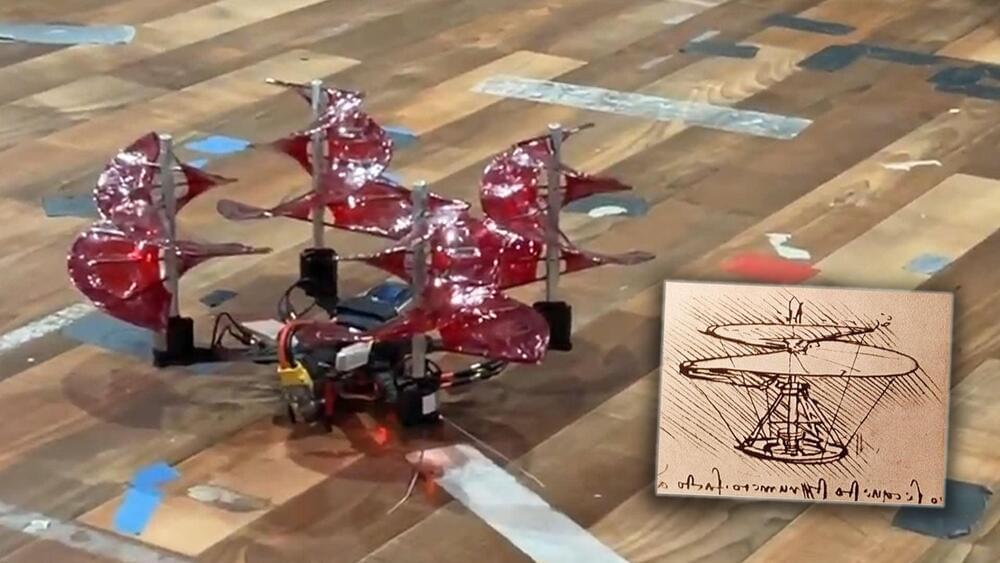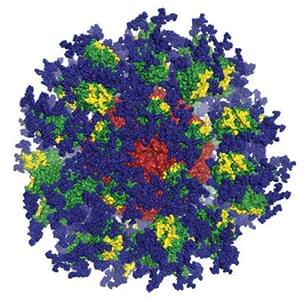Nike translates its virtual world experience to augmented reality features in Nike’s NYC store.



By studying the risk of re-identification more thoroughly, researchers were able to better articulate the fundamental requirements for information to be anonymous. They realized that a robust definition of anonymous should not rely on what side information may be available to an attacker. This led to the definition of Differential Privacy in 2006 by Cynthia Dwork, then a researcher at Microsoft. It quickly became the gold standard for privacy and has been used in global technology products like Chrome, the iPhone, and Linkedin. Even the US Census used it for the 2020 census.
Differential privacy solves the problem of side information by looking at the most powerful attacker possible: an attacker who knows everything about everyone in a population except for a single individual. Let’s call her Alice. When releasing information to such an attacker, how can you protect Alice’s privacy? If you release exact aggregate information for the whole population (e.g., the average age of the population), the attacker can compute the difference between what you shared and the expected value of the aggregate with everyone but Alice. You just revealed something personal about Alice.
The only way out is to not share the exact aggregate information but add a bit of random noise to it and only share the slightly noisy aggregate information. Even for the most well-informed of attackers, differential privacy makes it impossible to deduce what value Alice contributed. Also, note that we have talked about simple insights like aggregations and averages but the same possibilities for re-identification apply to more sophisticated insights like machine learning or AI models, and the same differential privacy techniques can be used to protect privacy by adding noise when training models. Now, we have the right tools to find the optimal tradeoff: adding more noise makes it harder for a would-be attacker to re-identify Alice’s information, but at a greater loss of data fidelity for the data analyst. Fortunately, in practice, there is a natural alignment between differential privacy and statistical significance.


DaVinci penned the aerial screw design in the 1400s, way before air travel was a thing. Now, it’s being put to action with this student-built drone.
Drones aren’t anything new —multi-rotor aircraft are becoming a bigger part of people’s lives every day. From the latest batch of up-and-coming urban air mobility companies to hobby applications, electric aircraft with four or more motors are commonplace, and generally, they use conventional multi-bladed propellers to keep themselves aloft. That’s not what’s going on with this particular drone developed by engineering students at the University of Maryland, though.
Assembled for a student design competition hosted by the Vertical Flight Society, it’s a mixture of old and new. With rotors reminiscent of Leonardo DaVinci’s aerial screw illustrations from the late 1490s, it flies like any other drone would, all while looking extremely bizarre and having interesting flight characteristics.

WASHINGTON, Feb 1 (Reuters) — Tesla Inc (TSLA.O) will recall 53,822 U.S. vehicles with the company’s Full Self-Driving (Beta) software that may allow some models to conduct “rolling stops” and not come to a complete stop at some intersections posing a safety risk.
The National Highway Traffic Safety Administration (NHTSA) said the recall covers some 2016–2022 Model S and Model X, 2017–2022 Model 3, and 2020–2022 Model Y vehicles. NHTSA said the feature also known as FSD Beta may allow vehicles to travel through an all-way stop intersection without first coming to a stop.
Tesla will perform an over-the-air software update that disables the “rolling stop” functionality, NHTSA said. The agency added it “maintains regular discussions with all manufacturers to discuss potential safety concerns of these types of systems.”

In addition to the beautiful reddish image seen by the telescope, ESA stated that the data gathered from this sort of observation could aid in deciphering riddles surrounding the Universe’s beginning.
About Hubble Space Telescope
The Hubble Space Telescope is massive, NASA said. Hubble orbits Earth at around 340 miles (547 kilometers). It measures the length of a huge school bus and weighs the equivalent of two adult elephants. Hubble travels at a pace of around 5 miles per second, about the same as traveling from the east to the west coast of the United States in 10 minutes. Hubble is a spacecraft that runs on solar power.

The Red planet was still getting bombarded after 4.48 billion years.
It is believed to be the second oldest meteorite discovered, about two billion years old, and contains the most water found in any of Mars’ fallen rocks.
Previous studies of Black Beauty have shown that the meteorite lacked signatures of shock deformation, which led scientists to believe that Mars stopped experiencing heavy bombardment from flying space rocks about 4.48 billion years ago. This also suggested that the planet could have developed habitable conditions early on in its history.
The team behind the new study probed NWA 7,034, analyzing a total of 66 zircon grains. Zircon is a rare mineral found on Mars that scientists refer to as a time capsule since it preserves information about its environment from the day it was created.

Phase I trial aims to build on response seen in proof-of-concept trial.
NEW YORK AND CAMBRIDGE, MASS. — JANUARY 27, 2022 — IAVI and biotechnology company Moderna announced today that first doses have been administered in a clinical trial of experimental HIV vaccine antigens at George Washington University (GWU) School of Medicine and Health Sciences in Washington, D.C. The Phase I trial, IAVI G002, is designed to test the hypothesis that sequential administration of priming and boosting HIV immunogens delivered by messenger RNA (mRNA) can induce specific classes of B-cell responses and guide their early maturation toward broadly neutralizing antibody (bnAb) development. The induction of bnAbs is widely considered to be a goal of HIV vaccination, and this is the first step in that process. The immunogens being tested in IAVI G002 were developed by scientific teams at IAVI and Scripps Research and will be delivered via Moderna’s mRNA technology.
IAVI and Moderna and do not necessarily reflect the views of USAID or the United States government.
Our eyes are continuously bombarded by an enormous amount of visual information – millions of shapes, colors, and ever-changing motion all around us.
For the brain, this is no easy feat.
On the one hand, the visual world alters continuously because of changes in light, viewpoint, and other factors. On the other, our visual input constantly changes due to blinking and the fact that our eyes, head, and body are frequently in motion.